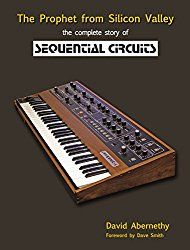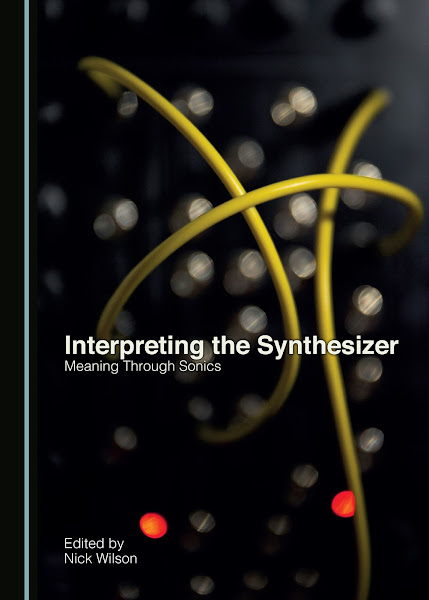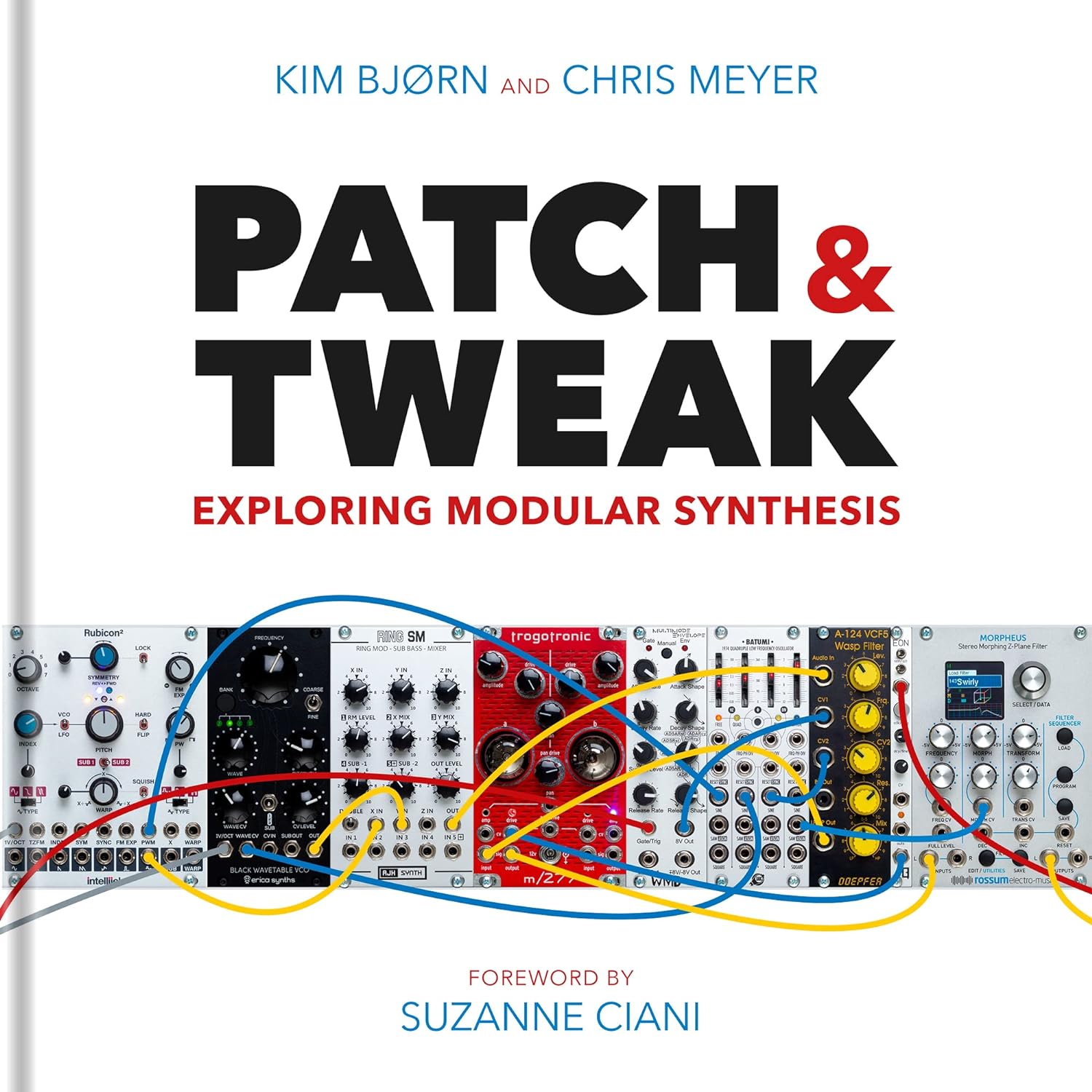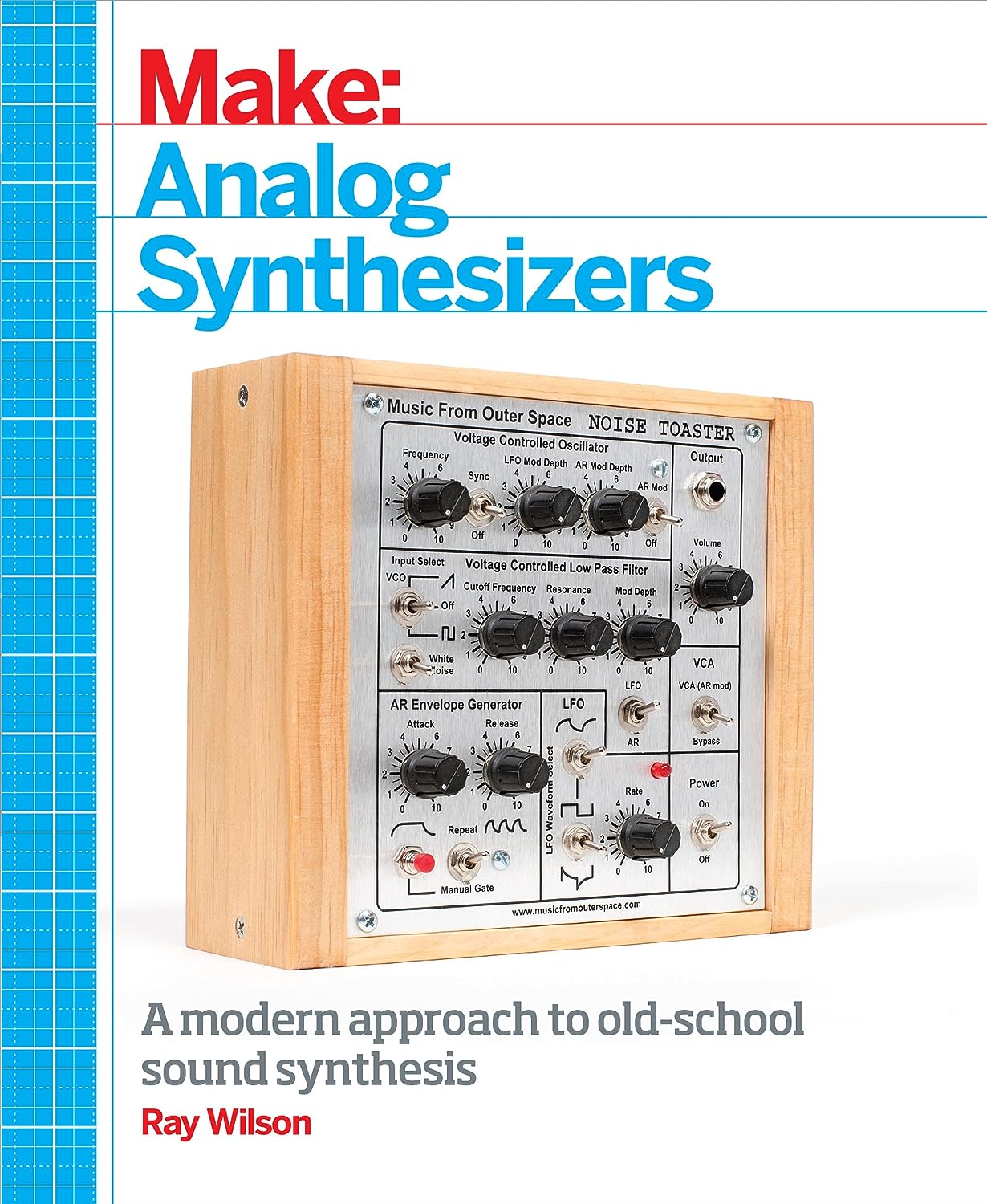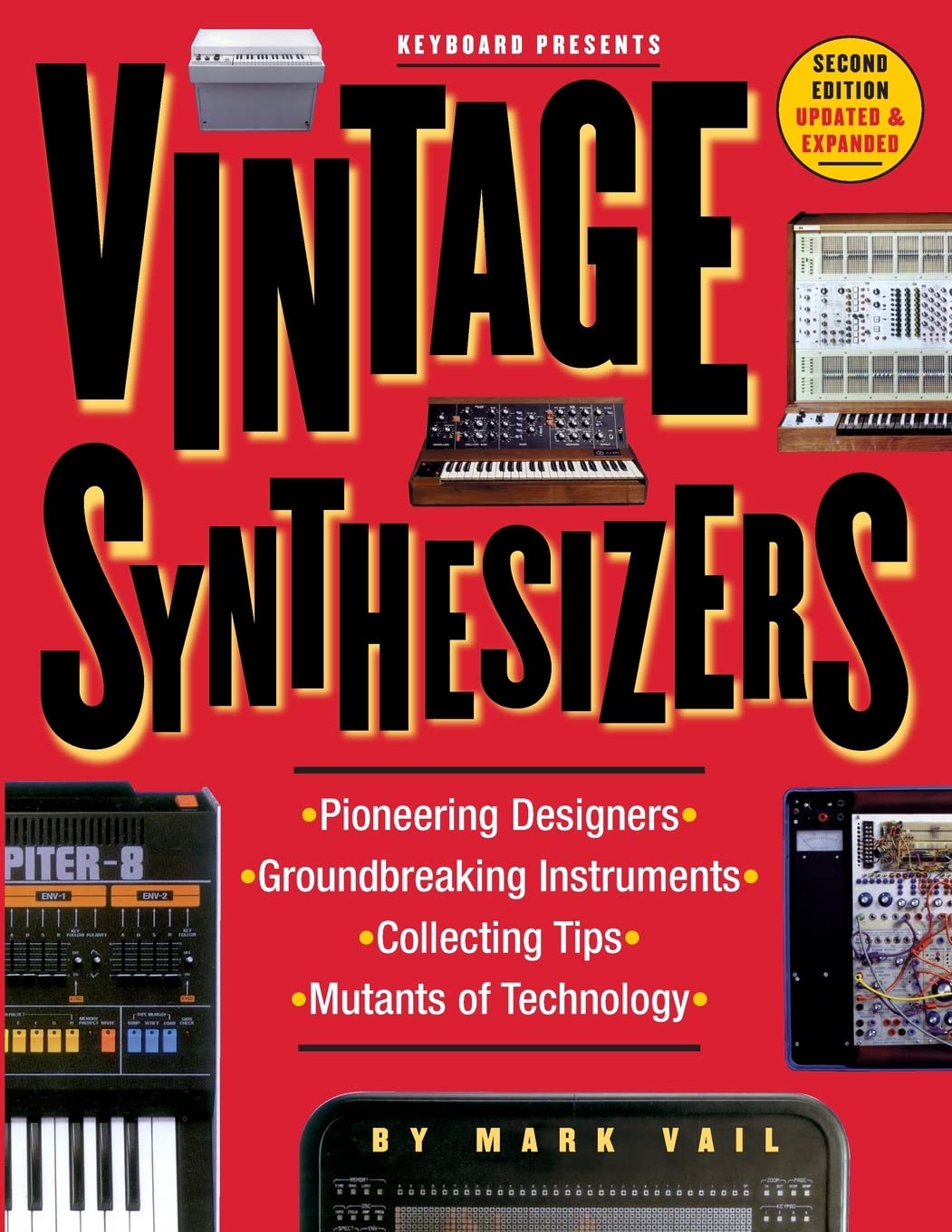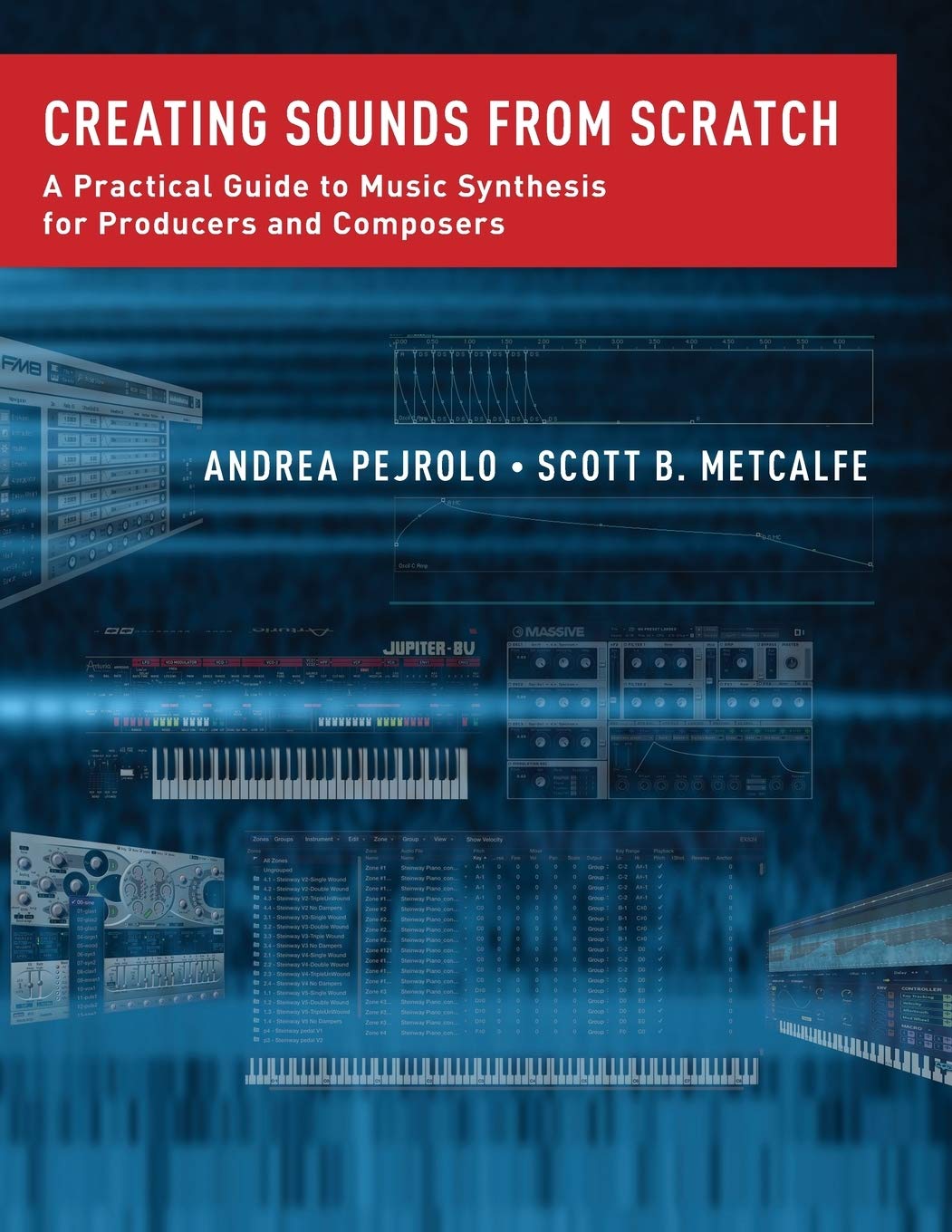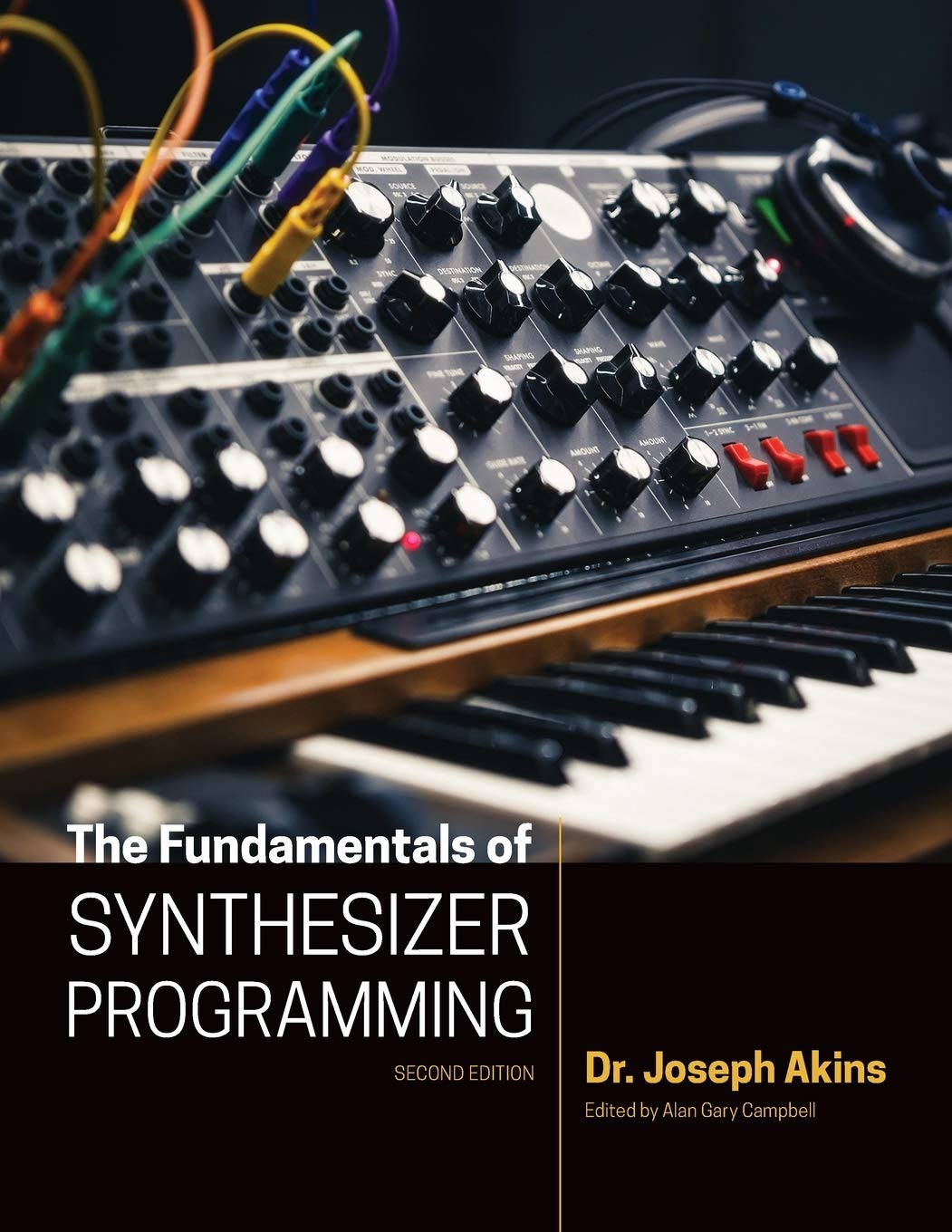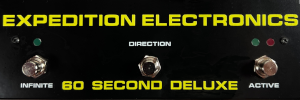
Be sure to see the notes from Barry on the synths used further below.
"Barry Schrader’s Monkey King CD has been released by
Innova Recordings on
Innova 703. The CD contains music inspired by the five elements of ancient Chinese tradition in Wu Xing – Cycle of Destruction, and by stories from the great Chinese classic Journey to the West.
Wu Xing - Cycle of Destruction deals with the Chinese concept of Wu Xing, the five elements in ancient Chinese tradition: wood, fire, earth, metal, and water. These are important in Chinese astrology, medicine, and BaGua, a system of trigrams used in Fengshui and other areas of Chinese life and culture. The five elements are often arranged in one of two cycles: the cycle of birth, ending with earth, or, as in this work, the cycle of destruction: metal, wood, earth, water, fire. Wu Xing - Cycle of Destruction explores these elements in transcendent ways. The Metal and Wood sections are aural depictions of the elemental density of the mediums, while Earth considers the metaphysics of planetary rotation and revolution. Water reflects on the conceptual aspects of the world's oceans at various depths, voyaging from the darkest abyss to the light of distant shores. Finally, in Fire, there are the physical and spiritual effects of all-engulfing flames.
Monkey King is based on scenes from the classic Chinese book Journey to the West, written around 1550 by Wu Cheng-en. Considered one of the great classics of Chinese literature, the book chronicles the adventures of the Monkey King, Sun Wukong, one of the most fascinating fictional characters ever created. Barry Schrader has taken some of the most famous scenes from this book and created Monkey King, a new electronic music journey into the imagined past of Chinese legend. In the tradition of Schrader's Lost Atlantis, Monkey King explores an immense imaginary aural landscape.
Tobias Fischer of
Tokafi writes:
"Monkey King is a colorful combination of Schrader's recognizably arousing orchestral maneuvers with an immediate melodic appeal, gentle harmonic textures, and electronic echoes of traditional Chinese instruments. While individual elements sound strangely familiar, the resulting entity is without direct reference, a style which is as timeless as it is futuristic and which revels an ancient mythology with the tools of today. Without a single doubt, this piece is the most accessible in Schrader's oeuvre."
Some of the scenes depicted in Schrader's Monkey King are the birth of Monkey, his underwater journey to visit the palace of the Dragon King of the Eastern Sea where Monkey takes possession of the Staff of the Milky Way, Monkey's attempt to jump over Buddha's palm, and Monkey's apotheosis in becoming the Buddha Victorious in Strife.
Barry Schrader has been acclaimed by the Los Angeles Times as "a composer born to the electronic medium," named "a seminal composer of electro-acoustic music" by Journal SEAMUS, and described by Gramophone as a composer of "approachable electronic music with a distinctive individual voice to reward the adventurous." "There's a great sweep to Schrader's work that puts it more in line with ambitious large-scale electronic works by the likes of Stockhausen (Hymnen), Eloy (Shanti) and Henry (take your pick), a line that can be traced backwards to Mahler, Bruckner and Beethoven." writes Dan Warburton of the Paris Transatlantic Magazine. Computer Music Journal states that Schrader’s "music withstands the test of time and stands uniquely in the American electronic music genre." Schrader's compositions for electronics, dance, film, video, mixed media, live/electro-acoustic music combinations, and real-time computer performance have been presented throughout the world. He has been a member of the Composition Faculty of the California Institute of the Arts School of Music since 1971, and has also taught at the University of California at Santa Barbara and the California State University at Los Angeles. His music is recorded on the Innova label. His web site is
barryschrader.com."
I asked Barry what he used on the CD:
"As to what I used to compose 'Monkey King' and 'Wu Xing - Cycle of Destruction,' the only hardware I used (other than my Mac) was a Yamaha TX816. Here's a list of the software: Digital Performer, Unisyn, Peak, Rocket Science, and Cycling 74 Pluggo. The last two, of course, are bundles, and have multiple plugins, too many to name. DP also has a lot of plugins.
"As for synthesis techniques, I used additive synthesis, subtractive synthesis (including granular), amplitude modulation, frequency modulation, and transfer functions, which, of course, involve the use of wavetable synthesis. So everything, including all of the sound sources, is digital. I know most of the people who visit your site love analog. I composed with analog equipment for many years, and I still enjoy hearing music created on analog systems. But I'm so used to working with computers now, that I don't think I could go back to analog, and I also don't think I could get the degree of control I need to compose the way I want.
"I work mainly in event lists so that I can specify data. All of the timbres for 'Monkey King' and 'Wu Xing - Cycle of Destruction' were designed specifically for these works. This is a general practice of mine and relates to my compositional point of view. (There's some information on this on Wikipedia
http://en.wikipedia.org/wiki/Barry_Schrader.) As a result of these practices, I compose very slowly, and I average about 20 hours of work for 1 minute of music. There were times with 'Monkey King,' particularly Part 2, where the work was so strenuous that I had to quit composing for several weeks in order to maintain my equilibrium. The composition of that movement alone stretched out over 6 months.
"I think these may be the last works that I compose with the TX816. I've bought Native Instruments Complete 5 package and have been porting my timbral designs into FM8, which allows for more possibilities than the Yamaha 6-operator design. I'm also learning other programs in the NI package, mainly those that allow me to create electronic material directly. I remain rather uninterested in dealing with concrete (acoustic) sound files. Everything on the 'Monkey King' CD, by the way, as is true of almost all of my music, is electronic. The only computer concrete piece that I did was 'Beyond,' and that was done on the old WaveFrame workstation at UCSB. I'm also going to get additional software for my next big work, which I'll probably begin in January, as I have a sabbatical from CalArts next year. I have a need to keep pushing myself to create new things in new ways. It may be difficult to top some aspects of the music on the 'Monkey King' CD, which, I think is some of my best, but I'm not going to worry about it. For me, each new work is its own universe."





















